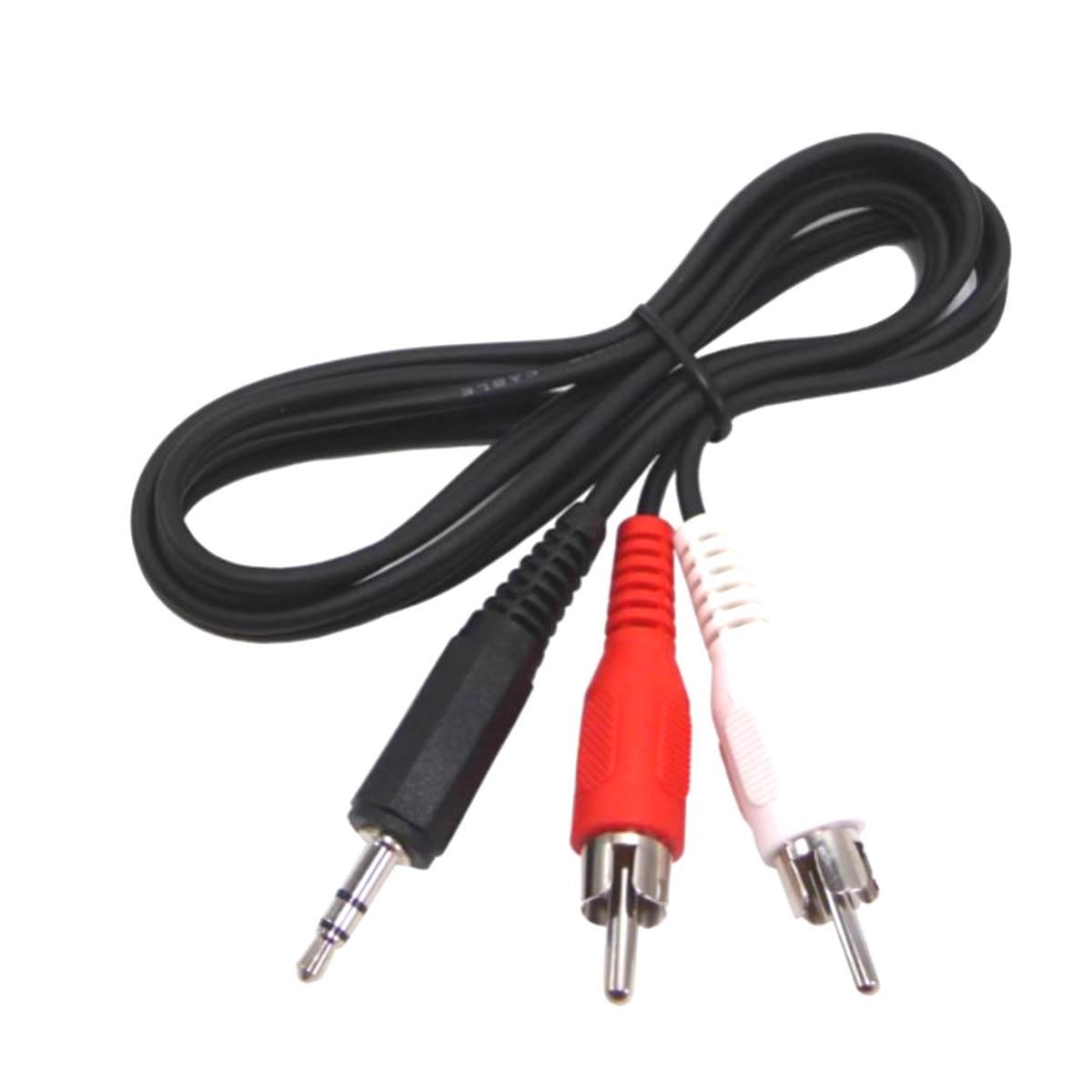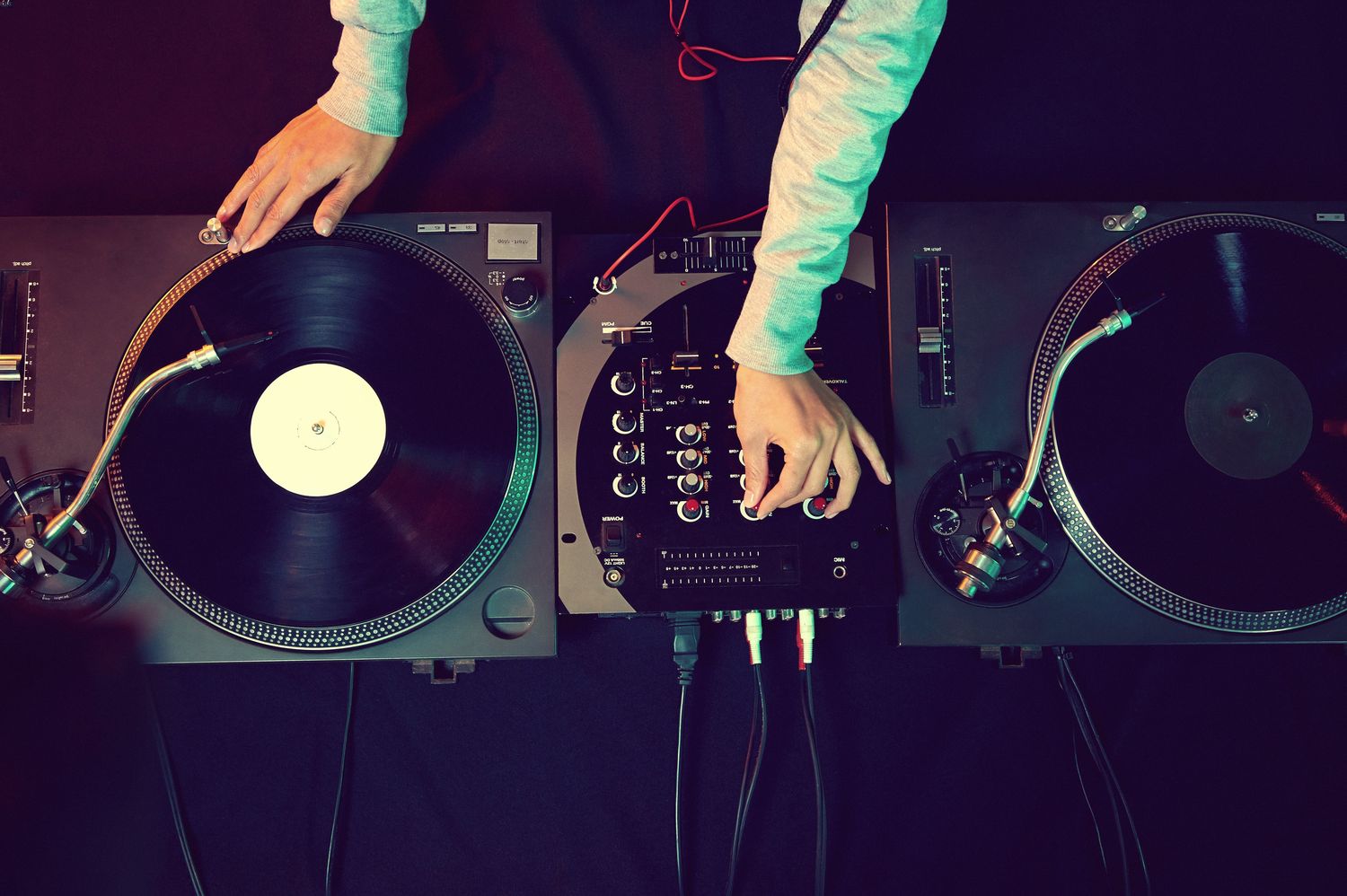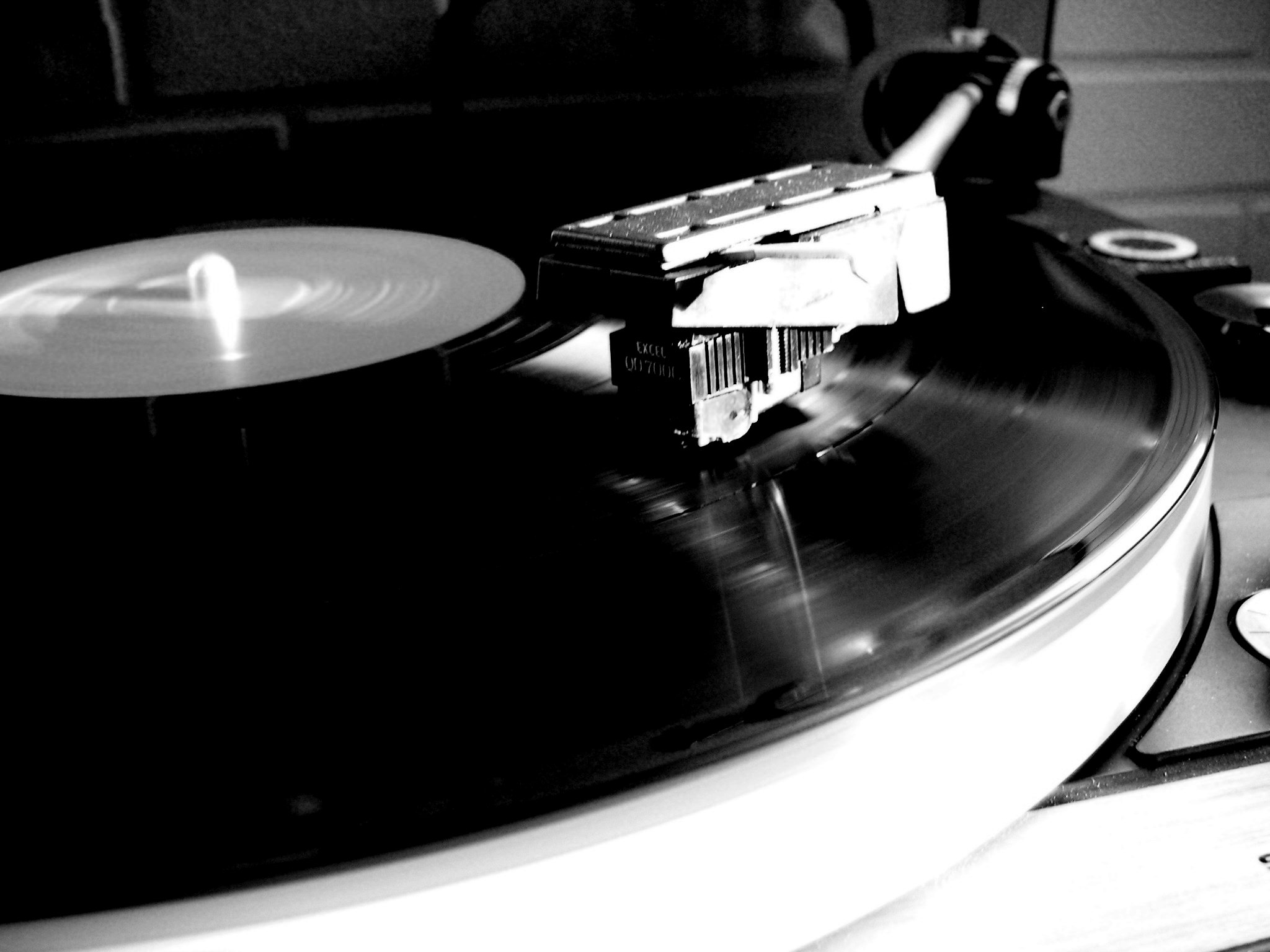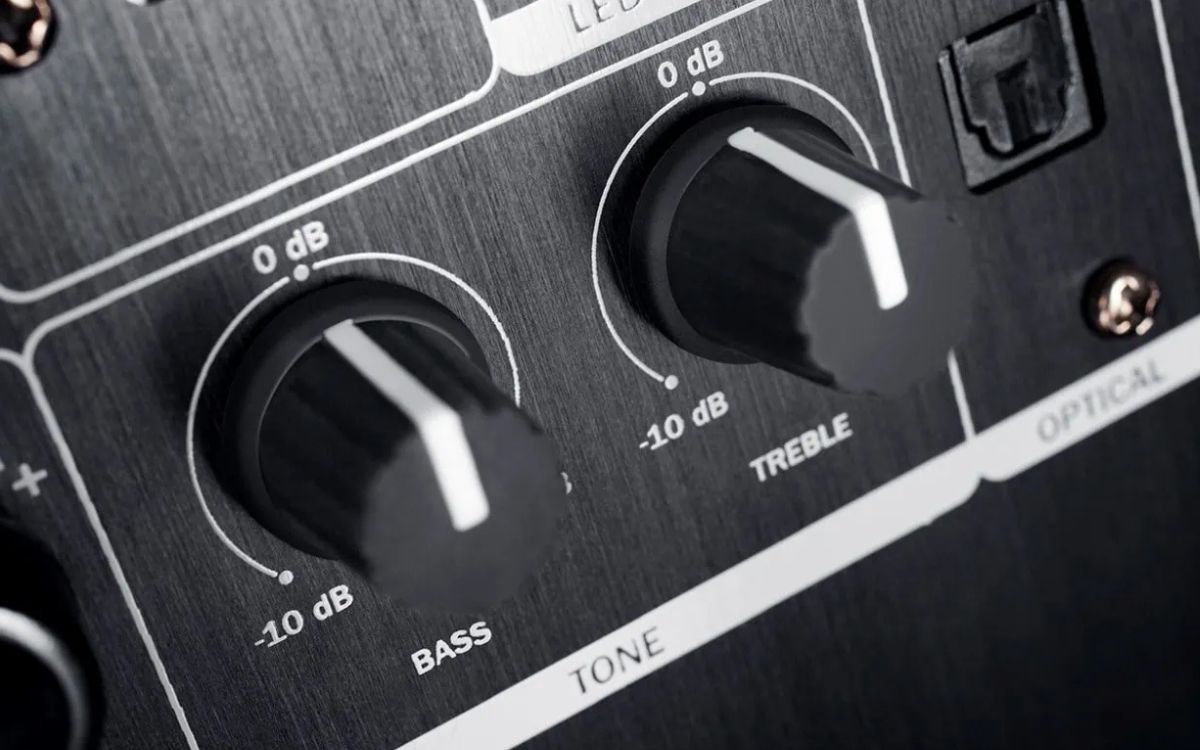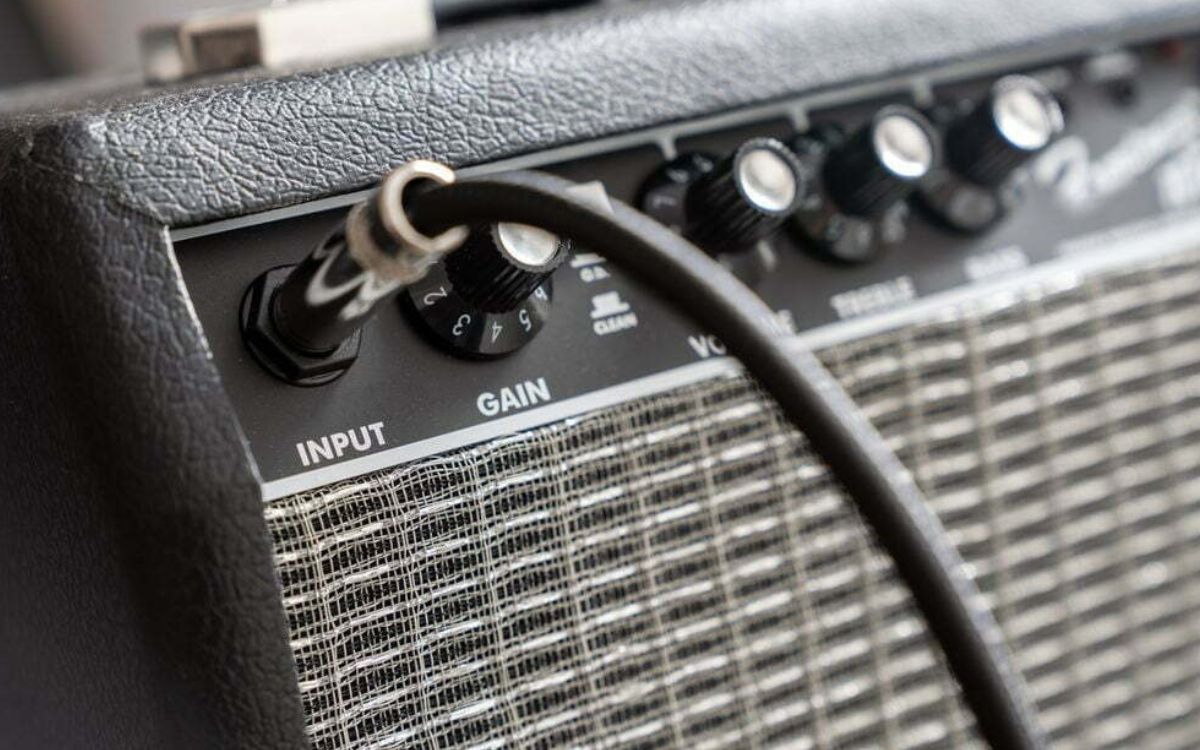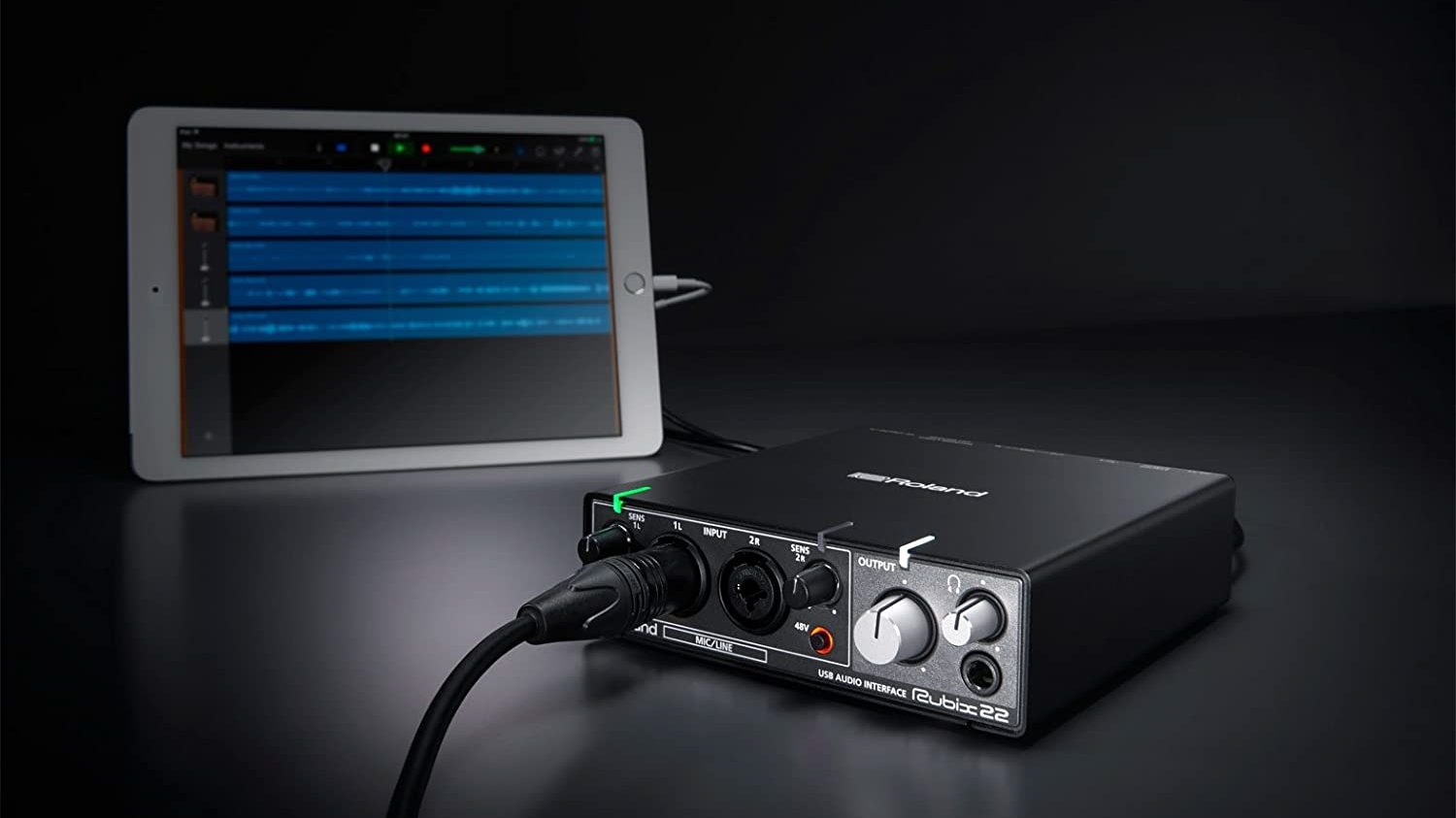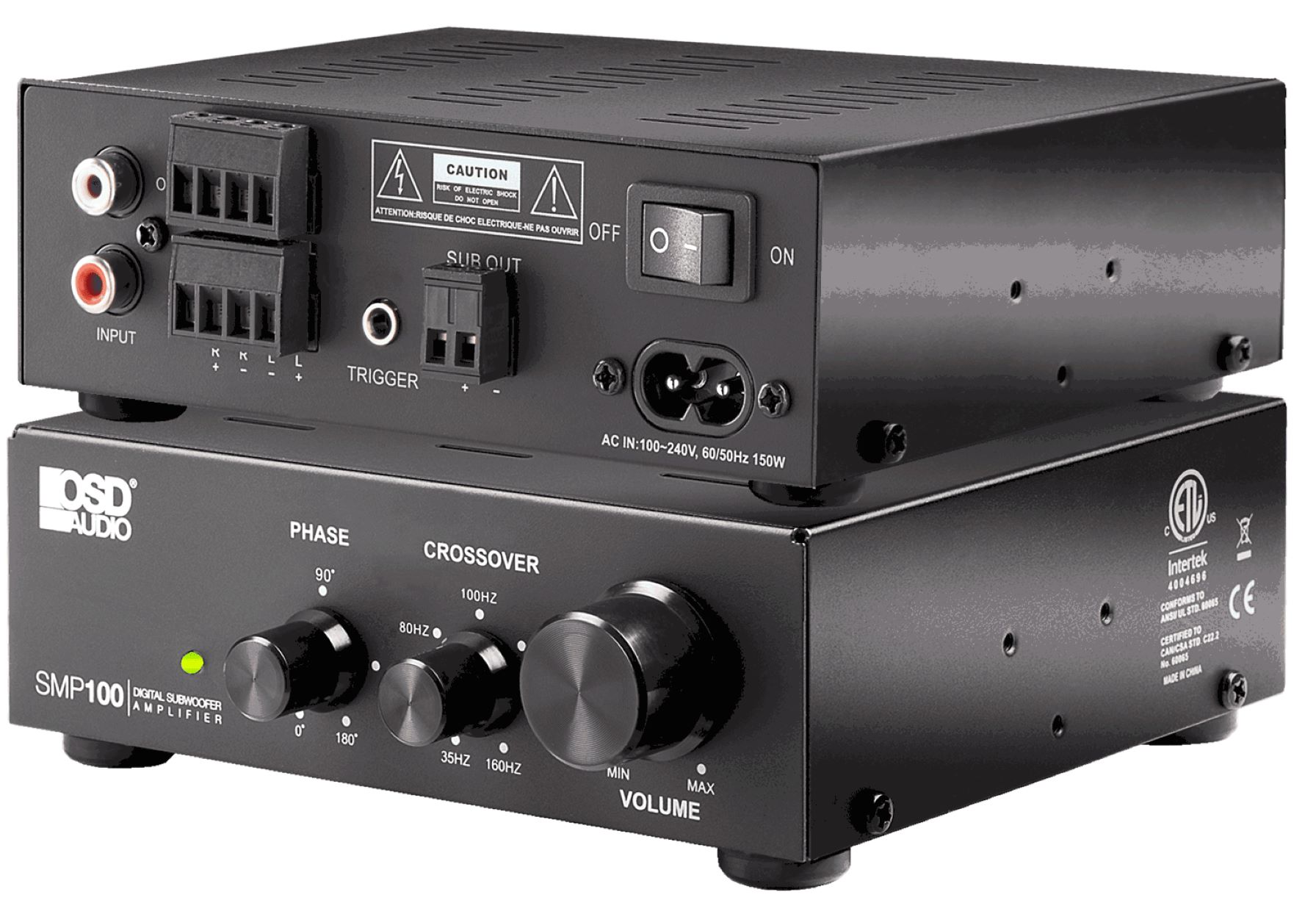Home>Devices & Equipment>Microphone>What Does A Windscreen Do For A Microphone
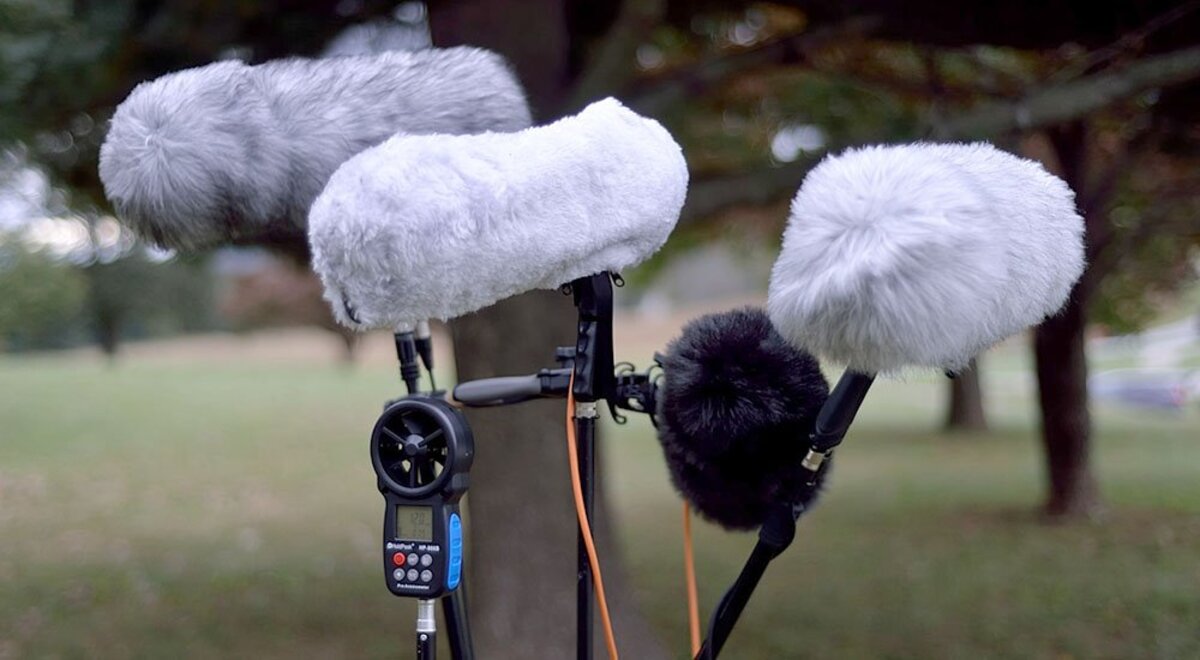

Microphone
What Does A Windscreen Do For A Microphone
Published: February 17, 2024
Discover the importance of a windscreen for a microphone and how it enhances sound quality and reduces background noise. Learn how to choose the right windscreen for your microphone.
(Many of the links in this article redirect to a specific reviewed product. Your purchase of these products through affiliate links helps to generate commission for AudioLover.com, at no extra cost. Learn more)
Table of Contents
Introduction
A windscreen, also known as a pop filter or a windsock, is a vital accessory for microphones that serves multiple functions. Whether you are a professional musician, podcaster, or content creator, understanding the role of a windscreen can significantly enhance the quality of your audio recordings. This article delves into the importance of using a windscreen with a microphone, the various types available, their benefits, and key considerations for selecting the most suitable option for your needs.
In the world of audio recording, capturing clear, crisp sound is paramount. However, environmental factors such as wind, breath, and plosive sounds (those produced by the expulsion of air) can interfere with the recording process, leading to unwanted noise and distortion. This is where a windscreen comes into play, acting as a protective barrier between the microphone and these disruptive elements. By mitigating these disturbances, a windscreen ensures that the microphone captures the intended sound accurately, resulting in high-quality audio output.
In addition to its practical function, a windscreen also contributes to the overall aesthetics of a microphone setup. With a wide range of designs and colors available, windscreens can add a touch of personalization and style to your recording equipment, reflecting your unique personality and creativity. Furthermore, using a windscreen demonstrates a commitment to professional audio production, signaling to your audience that you prioritize delivering top-notch sound quality.
As we delve deeper into the world of windscreens, we will explore the different types available, the specific benefits they offer, and the essential factors to consider when choosing the right windscreen for your microphone. Whether you are a seasoned audio engineer or a novice in the field, this comprehensive guide will equip you with the knowledge needed to make informed decisions about integrating windscreens into your recording setup.
Function of a Windscreen
The primary function of a windscreen is to minimize or eliminate unwanted noise caused by air movement, breath, and plosive sounds when recording with a microphone. These disturbances can significantly impact the quality of audio recordings, leading to distracting pops, hisses, and other undesirable artifacts. By placing a barrier between the microphone and these disruptive elements, a windscreen acts as a protective shield, allowing the microphone to capture clear, unadulterated sound.
One of the key roles of a windscreen is to attenuate plosive sounds, which are often produced when pronouncing certain consonants such as “p,” “b,” and “t.” These sounds can create sudden bursts of air that hit the microphone diaphragm, resulting in a low-frequency thump that is particularly noticeable in vocal recordings. A windscreen effectively disperses this airflow, preventing it from reaching the microphone and causing unwanted distortion.
Furthermore, windscreens are essential for outdoor recording scenarios where environmental factors, such as wind, can pose a significant challenge. Even a gentle breeze can introduce unwanted noise into the recording, compromising the overall audio quality. By deploying a windscreen, these disturbances are mitigated, allowing the microphone to capture the intended sound without interference from external elements.
Beyond their protective function, windscreens also contribute to maintaining proper hygiene and extending the lifespan of microphones. They act as a barrier against saliva, moisture, and dust, preventing these contaminants from reaching the microphone’s sensitive components. This is particularly important in shared recording environments or during live performances where multiple individuals may come into contact with the microphone.
In summary, the function of a windscreen encompasses the following key aspects:
- Minimizing or eliminating unwanted noise caused by air movement, breath, and plosive sounds
- Attenuating plosive sounds to prevent low-frequency thumps in vocal recordings
- Protecting the microphone from environmental factors such as wind during outdoor recording
- Acting as a barrier against saliva, moisture, and dust to maintain proper hygiene and extend the microphone’s lifespan
Understanding the multifaceted role of a windscreen underscores its significance in achieving optimal audio quality and ensuring the longevity of microphone equipment.
Types of Windscreens
Windscreens come in various types, each designed to cater to specific recording needs and environments. Understanding the distinctions between these types is crucial for selecting the most suitable option for your microphone setup. The following are the primary types of windscreens commonly utilized in the realm of audio recording:
1. Foam Windscreens
Foam windscreens are among the most common and versatile options available. They are typically constructed from dense foam material that fits snugly over the microphone’s head or capsule. Foam windscreens effectively attenuate plosive sounds and high-frequency disturbances, making them ideal for vocal recordings and indoor studio environments. Additionally, they provide a degree of protection against saliva and moisture, enhancing the hygiene and longevity of the microphone.
2. Microphone Grilles
Microphone grilles, also known as mesh windscreens, are integrated into the design of certain microphones. These metal or fabric mesh coverings serve as built-in wind protection, reducing the impact of plosive sounds and wind noise. While they offer a seamless and integrated solution, it’s important to note that not all microphones come equipped with this feature, necessitating the use of external windscreens in some cases.
3. Pop Filters
Pop filters, often made of nylon or metal, are specifically designed to address plosive sounds in vocal recordings. They consist of a circular frame with a fine mesh stretched across it, effectively diffusing bursts of air caused by pronouncing plosive consonants. Pop filters are commonly used in studio settings and are positioned between the vocalist and the microphone to ensure clear and unblemished vocal recordings.
4. Specialty Windscreens
Specialty windscreens encompass a diverse range of options tailored to unique recording scenarios. For instance, outdoor enthusiasts and field recordists often utilize furry windscreens, also known as dead cats or windshields, to combat wind noise during outdoor recording sessions. These windscreens feature a furry exterior that minimizes the impact of wind while allowing the microphone to capture pristine audio. Additionally, there are custom-designed windscreens for specific microphone models, offering a tailored fit and optimal protection.
By familiarizing yourself with the various types of windscreens, you can make informed decisions regarding the most suitable option for your recording endeavors. The versatility and specialized features of these windscreens cater to a wide spectrum of recording environments and applications, ensuring that your audio recordings maintain exceptional clarity and fidelity.
Benefits of Using a Windscreen
The utilization of a windscreen yields a multitude of benefits, ranging from improved audio quality to enhanced durability and hygiene. Understanding these advantages underscores the indispensable role of windscreens in the realm of audio recording and reinforces their significance as essential accessories for microphones. The following are the key benefits associated with using a windscreen:
1. Enhanced Audio Clarity
By mitigating plosive sounds, wind noise, and breath disturbances, a windscreen facilitates the capture of clear and unblemished audio. This is especially crucial in vocal recordings, where the accurate reproduction of vocals without unwanted artifacts is paramount. The reduction of these unwanted noises contributes to a more professional and polished sound output.
2. Minimized Disturbances
Windscreens play a pivotal role in minimizing environmental disturbances, particularly in outdoor recording scenarios. Whether it’s the gentle rustle of wind or the inadvertent breath from a speaker, windscreens act as a protective barrier, ensuring that these external factors do not compromise the integrity of the recording. This is essential for achieving pristine audio quality, especially in live performances and field recording sessions.
3. Protection Against Moisture and Debris
Windscreens act as a shield against moisture, saliva, and dust, safeguarding the delicate components of the microphone. This protection is particularly valuable in shared recording environments or during live events, where multiple individuals may come into contact with the microphone. By preventing the infiltration of contaminants, windscreens contribute to the longevity and reliability of the microphone equipment.
4. Versatility and Adaptability
With a diverse array of windscreens available, users can select options tailored to their specific recording needs. Whether it’s a foam windscreen for indoor vocal recordings, a pop filter for studio sessions, or a furry windscreen for outdoor field recording, the versatility of windscreens ensures that they can adapt to various environments and applications, providing consistent audio quality across diverse recording scenarios.
5. Aesthetic and Branding Considerations
Beyond their functional benefits, windscreens offer an opportunity for personalization and branding. With a wide range of colors, designs, and custom options available, users can imbue their microphone setups with a unique aesthetic appeal, reflecting their individual style and creativity. This personal touch can contribute to a cohesive and visually appealing recording environment, enhancing the overall recording experience.
By harnessing these benefits, users can elevate the quality, durability, and overall appeal of their audio recordings, underscoring the indispensable role of windscreens in the pursuit of professional and pristine sound reproduction.
Factors to Consider When Choosing a Windscreen
When selecting a windscreen for your microphone, several key factors should be taken into account to ensure optimal performance and compatibility. By considering these elements, you can make informed decisions that align with your specific recording needs and environmental conditions. The following factors are crucial for choosing the most suitable windscreen:
1. Microphone Compatibility
It is essential to ensure that the chosen windscreen is compatible with your microphone model. Different microphones have varying head sizes and designs, necessitating specific windscreen dimensions and attachment mechanisms. Some manufacturers offer proprietary windscreens designed for their microphone models, while universal options are available to accommodate a broader range of microphones. Understanding the compatibility requirements is paramount to achieving a secure and effective fit.
2. Recording Environment
The recording environment plays a pivotal role in determining the type of windscreen best suited for your needs. For indoor studio recordings, foam windscreens and pop filters excel in attenuating plosive sounds and high-frequency disturbances. In outdoor settings, furry windscreens are effective in combating wind noise and environmental factors. Assessing the predominant recording environment will guide the selection of a windscreen tailored to the specific acoustic challenges posed by that setting.
3. Recording Application
The intended application of the microphone influences the choice of windscreen. Vocal recordings, instrument miking, field recording, and broadcasting each have distinct requirements in terms of wind protection and sound clarity. For vocalists, a pop filter is invaluable for minimizing plosive sounds, while field recordists may prioritize wind resistance and durability. Understanding the nuances of your recording application will steer you towards the most suitable windscreen option.
4. Hygiene and Maintenance
Consideration should be given to the ease of cleaning and maintaining the windscreen, particularly in shared recording environments. Removable and washable windscreens offer convenience in maintaining proper hygiene, especially when multiple individuals utilize the same equipment. Additionally, the durability of the windscreen material and its resistance to wear and tear are essential factors, ensuring long-term reliability and performance.
5. Aesthetic Preferences
Personalization and visual appeal can also influence the choice of a windscreen. With a plethora of color options and custom designs available, users can align the aesthetic of their windscreen with their branding or personal preferences. This consideration is particularly relevant for content creators, broadcasters, and performers seeking to create a visually cohesive and engaging recording setup.
By carefully evaluating these factors, you can navigate the diverse landscape of windscreens and make informed decisions that optimize the performance, compatibility, and visual appeal of your microphone setup, ultimately enhancing the quality of your audio recordings.
Conclusion
Windscreens stand as indispensable accessories in the realm of audio recording, offering a myriad of benefits that elevate the quality, durability, and professionalism of sound reproduction. From mitigating unwanted noise to safeguarding microphone components, windscreens play a multifaceted role in facilitating pristine audio capture across diverse recording environments and applications.
By understanding the function of windscreens and the various types available, users can make informed choices that align with their specific recording needs. Whether it’s the versatility of foam windscreens, the precision of pop filters, or the resilience of furry windscreens, the diverse range of options ensures that every recording scenario is met with an appropriate solution.
Furthermore, the benefits of using windscreens extend beyond technical considerations, encompassing aesthetic and branding elements that contribute to a cohesive and visually appealing recording environment. The ability to personalize microphone setups with custom colors and designs adds a touch of individuality and creativity to the recording process, reflecting the unique style and identity of the user.
When selecting a windscreen, careful consideration of factors such as microphone compatibility, recording environment, and maintenance requirements is paramount to achieving optimal performance and longevity. By evaluating these elements, users can tailor their windscreen choices to suit specific recording applications, ensuring that the selected option effectively addresses the acoustic challenges inherent to each scenario.
In essence, the integration of a windscreen into a microphone setup represents a commitment to professional audio production, signaling a dedication to achieving exceptional sound quality and maintaining the integrity of the recording equipment. Whether in the studio, on stage, or in the great outdoors, the presence of a suitable windscreen serves as a testament to the meticulous attention given to capturing pristine audio and delivering an immersive auditory experience.
As the landscape of audio recording continues to evolve, windscreens remain steadfast in their role as essential tools for achieving optimal sound reproduction, preserving the authenticity of performances, and captivating audiences with unparalleled sonic clarity.

